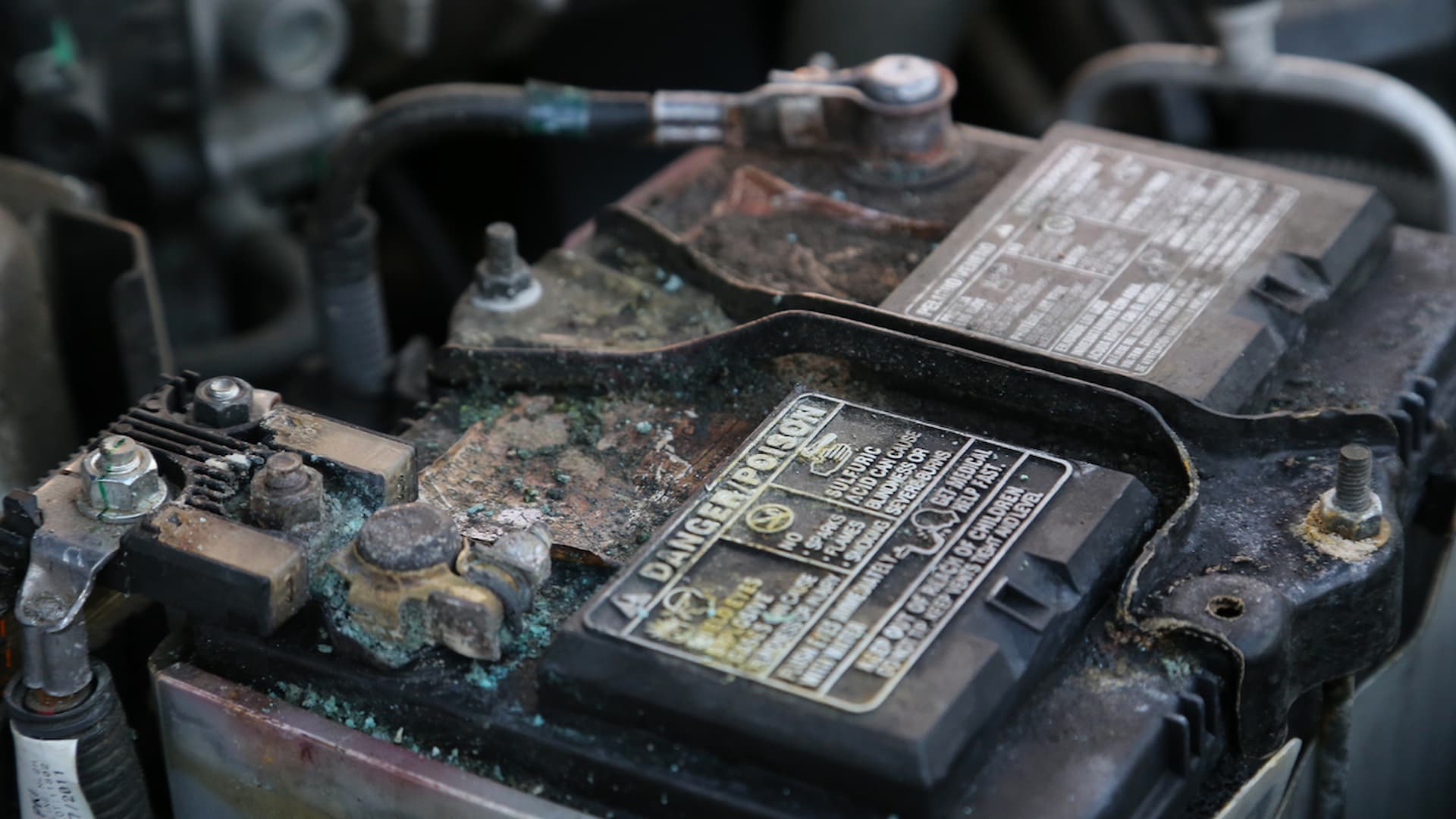What is P0440?
Code P0440 is defined as “Evaporative Emission Control System Malfunction.”
This generic OBD-II (OBD2) code means that the engine control module (ECM) has detected a leak in the EVAP system or that a fuel vapor pressure sensor (also called the fuel tank pressure sensor) has malfunctioned.
The evaporative emission control (EVAP) system captures harmful fuel vapors from escaping into the environment. When specific engine conditions (engine speed, temperature, etc.) are met, these fuel vapors are cycled back into the combustion process.
How the EVAP System Works
Fuel vapors from the gas tank travel through a vent tank line* to a charcoal canister (also known as the carbon canister or vapor canister). Activated charcoal pellets in the vapor canister absorb and store the fuel vapors.
The EVAP canister purge valve controls how much fuel vapor is allowed into the engine and is usually closed. When the ECM commands it to open, the intake vacuum from the engine draws the fuel vapor from the charcoal canister and into the engine intake manifold. Here, it becomes part of the air-fuel mixture used for combustion within the engine cylinders.
The canister vent valve is usually open, allowing air to flow into the canister. It’s closed when the ECM pressurizes the system to run checks for vapor leaks.
If the ECM detects inconsistencies in the EVAP system, it generates engine code P0440 and triggers the check engine light.
*Note: An EVAP vent line is similar to a fuel line, except with a smaller diameter.




